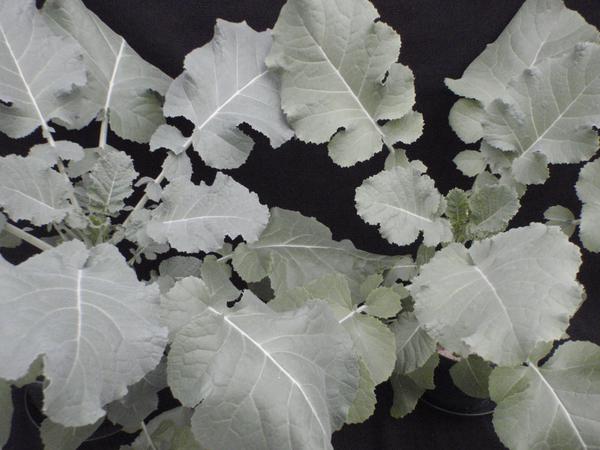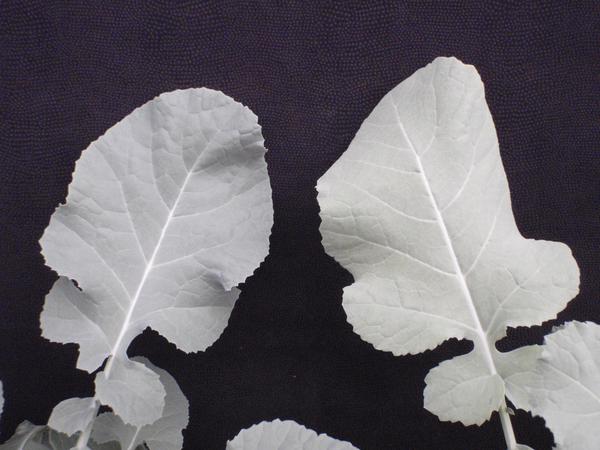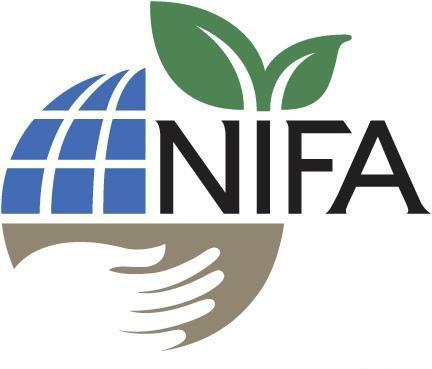From the Field - Agronomy Notes
In this Brassica carinata (Ethiopian mustard) research update, we highlight the symptoms of manganese deficiency. These images are part of a project by the Southeast Partnership for Advanced Renewables from Carinata (SPARC) to develop a diagnostic series for the identification of nutrient disorders of Carinata. Carinata is an exciting new crop in the Southeast used for a wide variety of primary and secondary agricultural products including cover crops, feedstock, high protein meal, and jet fuel. It is similar in management to canola given both canola and carinata are winter annual Brassica oilseed crops. However, carinata oil is not edible.
Symptoms
Manganese (Mn) is essential for various enzymatic processes in plants, including photosynthesis, respiration, hormonal regulation, and protein synthesis. The redox properties of Mn, where by Mn2+ ↔ Mn3+ + e-, catalyzes many oxidation-reduction processing in plants. Manganese deficiency can induce increased uptake of copper (Cu2+), zinc (Zn2+), and possibly iron (Fe2+) as the plant attempts to compensate for the lack of Mn2+ in a process known as compensatory uptake.
Manganese nutrient deficiency symptoms were observed later in growth trials than most other nutrients. When trying to diagnose a deficiency, look specifically at the upper foliage, as Mn is an immobile element and cannot translocate from the lower foliage to the upper foliage, where it is needed. Be advised that Mn nutrition can interfere with copper uptake, and vice-versa.
The plants were in the advanced stages of vegetative growth before symptomology emerged. The plants showed a general paling of the entire plant when compared with the control (Figure 1). This paling was more pronounced on the mid and upper foliage (Figure 2A and Figure 2B). More research is needed to document later stages of Mn deficiency. To ensure proper diagnosis the above material should be used in conjunction with a leaf tissue sample and / or field test
Key Contacts
Key Contact Central East:
Dr. Angela Post, Department of Crop and Soil Science – angela_post@ncsu.edu
Dr. Carl Crozier, Department of Crop and Soil Science – ccrozier@ncsu.edu
Key Contact South East:
Dr. Michael Mulvaney, UF/IFAS West Florida Research and Education Center– m.mulvaney@ufl.edu
Primary Authors: Paul Cockson, Dr. Carl Crozier, Dr. Ramon Leon, Dr. Michael Mulvaney, Dr. Angela Post, and Dr. Brian E. Whipker
Project Team: NC State Univ. personnel Paul Cockson (NC State B.S. student in Agroecology), Ingram McCall (Research Technician in Horticultural Science at NC State), Dr. Carl Crozier (Professor and Extension Specialist at NC State), Dr. Ramon Leon (Assistant Professor at NC State), Dr. Angela Post (Assistant Professor and Extension Specialist NC State), and Dr. Brian Whipker (Professor of Floriculture and Plant Nutrition in Horticultural Science at NC State). Univ. of Florida personnel Dr. Michael Mulvaney (Cropping Systems Specialist at UF/IFAS West Florida Research and Education Center.
Publication date: Jan. 1, 2021
N.C. Cooperative Extension prohibits discrimination and harassment regardless of age, color, disability, family and marital status, gender identity, national origin, political beliefs, race, religion, sex (including pregnancy), sexual orientation and veteran status.






